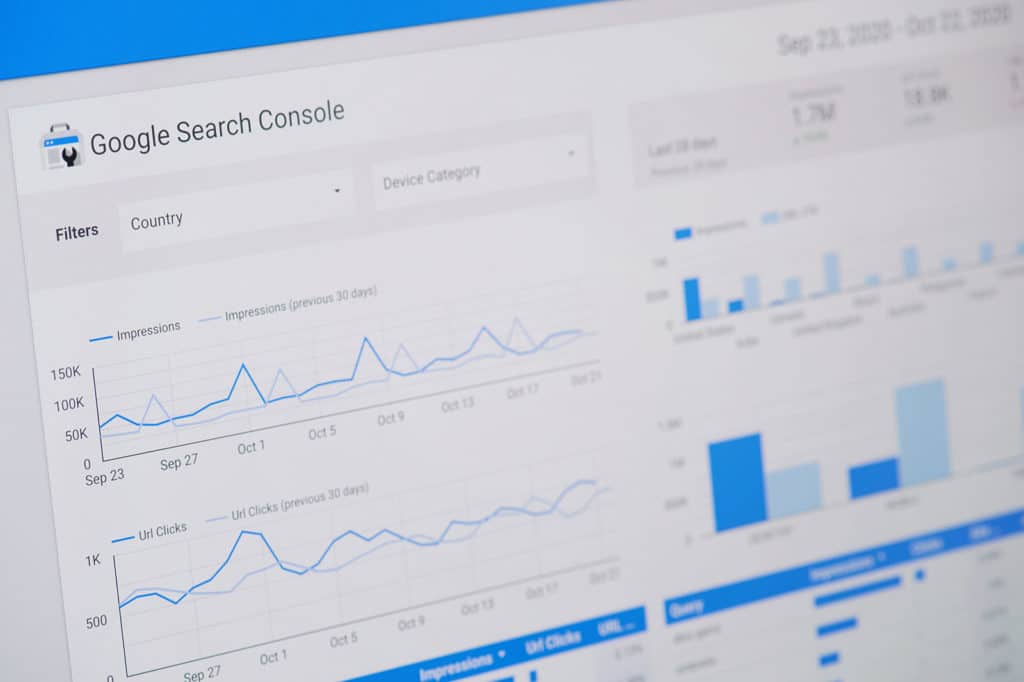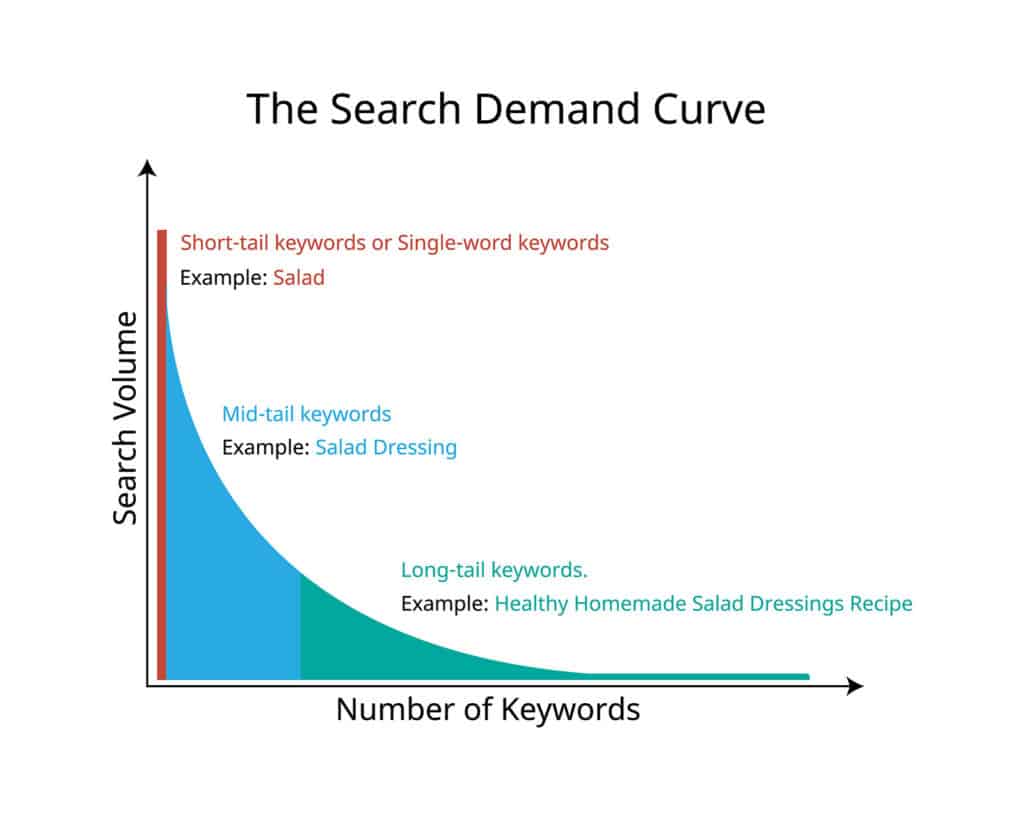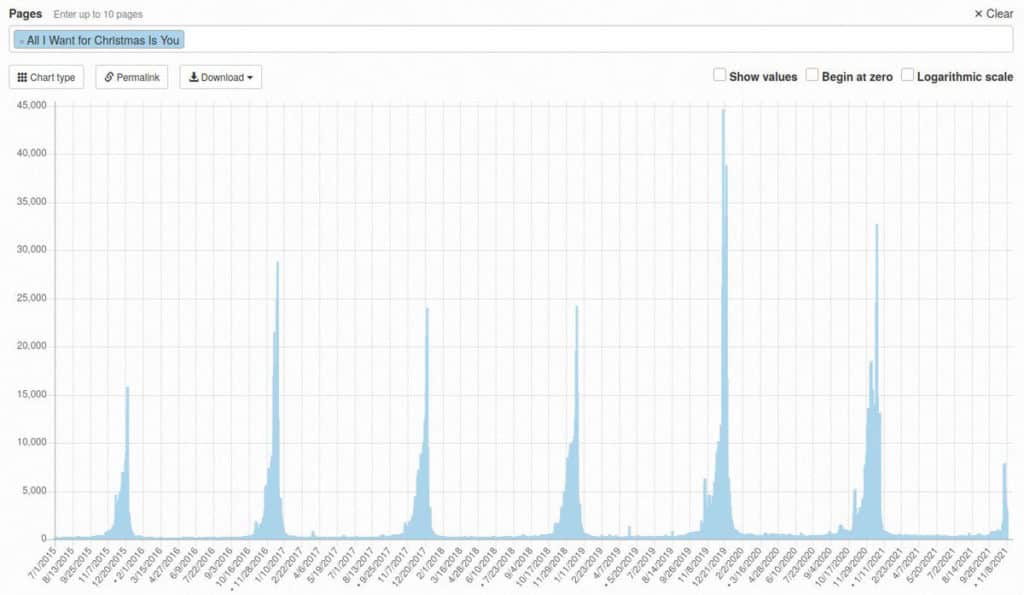So, you’re working on your SEO strategy, ensuring every part of it works to generate maximum traffic, leads, or sales. Still, there’s this small part of you that wonders if that campaign will meet your goals.
With the ever-changing landscape of SEO, it’s only natural for SEO specialists to doubt their strategy at one point. That’s where SEO forecasting comes in.
It offers them insight into the quality of their strategy and shows them practical steps to improve it. If you want to know all about forecasting, you’ve come to the right place.

Table of Contents
What Is SEO Forecasting?
As the name suggests, SEO forecasting refers to predicting the results of your SEO efforts and estimating your website traffic growth, ranking, and value.
You can identify these aspects by determining your site’s keyword search volume, click-through rates (CTR), search engine results page (SERP), and more.
Of course, the estimation process is nowhere near simple, and SEO specialists differ on how to get the most accurate results. So, you might want to try different methods and see which works best for you (more on that later).
What Makes SEO Forecasting Crucial?
At first glance, you might think: “What difference does predicting the results of my search engine optimization efforts make?” It makes all the difference.
It Helps You Invest Money More Efficiently
Do you know what makes investing in stocks tricky? The fact that stakeholders don’t know if a specific stock will rise or fall in the near future. If they did, they’d use their money more efficiently to ensure they make the most of their investments.
The same thing goes for forecasting. If you spend your budget on specific keywords only to realize they don’t offer the coveted return on investment (ROI), it’d be a significant financial hit.
Using historical data to estimate how every aspect of your SEO strategy would play out helps you understand where to invest your money.
It Increases Your Client Retention Rates
So, you’re a qualified SEO specialist who can use all the right tools to help their clients’ websites get more traffic. All the other SEO specialists/agencies can do that, though.

What makes you stand out in such a saturated space? Yes, your forecasting efforts.
Showing potential clients how your SEO strategy can help them outperform their competitors increases your chances of securing their business.
It’s not just about client retention, though. Remember, search engine results algorithms change unpredictably. Clients want peace of mind more than anything else.
If you show them that your SEO efforts can lead to increased conversion rates and revenue, you’ll put their minds to rest. Isn’t that what every employer wants?
It Allows You to Identify Your Next Move
As a process that allows you to look into the future, forecasting helps you identify what your next move should be. If your forecast shows you won’t hit the desired target, you can take the initiative to fight that potential regression.
Does the current SEO campaign need a bigger budget? Should you change your approach? Will putting in more hours be enough? These are all questions that you won’t be able to justify the answer to without a proper forecast.
Are SEO Forecasts 100% Accurate?
Look, SEO forecasts require extensive research, squeezing all the available data to make an accurate prediction, but that’s the point. You’re using past data. As we previously established, the SEO space is constantly changing.

There’s no guarantee that this data will remain relevant by the time you make your forecast. So, no, these predictions won’t always be 100% accurate.
Do you remember NFTs? They took the digital world by storm when they first appeared, and digital marketing agencies focused on utilizing NFT-related keywords at that time.
Now, they offer little-to-no value, and most people don’t care about them. So, you won’t see agencies using similar keywords today.
Ultimately, you shouldn’t count on forecasting to get accurate predictions. It’s just a way to set somewhat realistic benchmarks and estimate the likely outcome of your SEO efforts.
First-Party Vs. Third-Party Data: Which One Should You Use?
You can’t make an accurate SEO forecast without data. What type of data should you use, though? That’s simple: Yours.
You want to look into your website’s organic reach, seasonality, average order value, etc. That’s called first-party data, and it gives you valuable insights into user behavior, needs, and likes/dislikes.
It can also show you how your marketing strategies might pay out. For example, let’s say your first-party data shows you that you’ve experienced a 20% increase in traffic and a 5% increase in sales in the past year.
If you continue to implement the same strategy, or at least a similar one, you’ll probably experience the same growth next year.
The quickest way to access that data is to use SEO forecasting tools like Google Analytics and Google Search Console.

Here’s the thing: First-party traffic data alone isn’t enough to help you make an accurate forecast. After all, you’re not the only SEO specialist/agency on the market.
So, you want to understand your SEO performance compared to your competitors. That means you need to gain access to their website data, aka third-party data.
Gaining insight into your competitors’ traffic estimates helps you determine what to focus on in your own content strategy.
Luckily, you won’t face trouble finding tools that help you gain access to that information. A quick visit to Ahref should do the trick.
How to Forecast Your SEO Growth?
There’s more than one way to forecast your SEO growth. Here are the most common methods.
Keyword Forecasting
Enough stalling! It’s time to show you how to forecast your future traffic. Here’s the bad news: The process requires a little bit of math. The good news is that it’s as simple as it gets.
The formula goes as follows: Estimated monthly organic traffic = Keyword search volume x average CTR.
It’s not that complicated, right? Of course, if you have different SEO goals for different pages, you’ll have to estimate the traffic of each one separately. So, how do you apply that formula?
1. Keyword Research
That includes the keywords your website ranks for, the keywords you want your website to rank for, and keyword search volume data.

You can get the first two with Google Search Console, but you might need a third-party research tool for the third. Semrush’s Keyword Overview tool might do the trick.
Gathering that data helps you understand where you’re standing, where you want to go, and how to reach that destination.
Pro tip: Since the process requires a lot of documentation, you might want to use a Google sheet or an Excel spreadsheet to keep the information in one location.
2. Defining the Average CTR
You can identify the average CTR of your website through the Google Analytics Acquisition reports or Advanced Web Ranking CTR History.
3. Traffic Forecast
Now that you have all the elements you need, you can follow the previous formula and forecast your monthly visits.
For example, let’s assume that a keyword has a search volume of 200 a month. You use Advanced Web Ranking and determine that its average CTR is 2%.
So, the estimated organic search traffic here is 50,000 x 2% = 1000 monthly visits for that page. You probably think that’s the end of it, but you’re only getting started.
You see, once you have your estimated traffic, you can use it to gain insights into your leads, sales, and revenue.

Identify Your Estimated Leads
Identifying the estimated leads of your SEO efforts is as straightforward as it gets. All you have to do is multiply your SEO traffic by your conversion rate.
Let’s take the previous formula as an example. The estimated traffic was 1000 visits for a specific page. If your conversion rate is 4%, the leads would be 1000 x 4% = 40.
4. Sale Forecasting
Now that you’ve identified how many leads your website page is generating, it’s time to estimate how many of them are paying for your services. In other words, you’ll want to calculate the sales.
Estimated sales = Forecasted leads x lead-to-sale conversion rate.
So, assuming your average lead-to-sale conversion rate is 5%, your estimated sales would be as follows: 40 x 7% = 2 new sales.
5. Revenue Forecasting
Any eighth grader can calculate the revenue you get from each customer. You can probably guess the formula yourself: Revenue = Product/service price x quantity.
So, if you’re selling a product for $400 a piece and a customer buys four pieces, your estimated revenue would be 400 x 4 = $1600.

Python Forecasting
Yes, you can use Python to make an algorithm that does all the predictions for you. Obviously, that step isn’t suitable for everyone, as it’s too technical for most, if not all, SEO specialists.
So, why Python? Well, the famous coding language can absorb a massive amount of data and analyze it to make accurate predictions.
Besides, it’s one of the most beginner-friendly languages in the programming industry. So, even if you decide to learn it yourself, you won’t struggle with it as much as the other languages.
For an automated solution, try out forecastforge.com
Closing Thoughts
Ultimately, SEO forecasting is all about gathering the necessary data and using it to make accurate calculations. While the process might seem intimidating at first, you’ll find countless tools to help you in your quest. So, take your time to identify your goals and set the right metrics to make your estimations as accurate as possible
FAQ
How to forecast ROI
Published on: 2024-05-07
Updated on: 2024-05-07